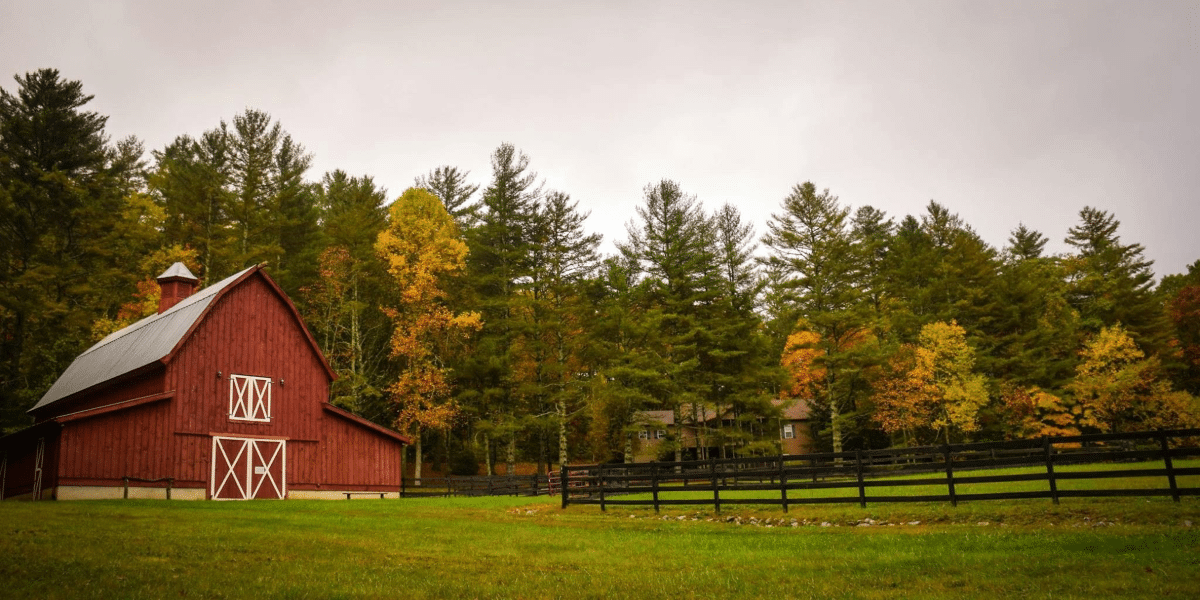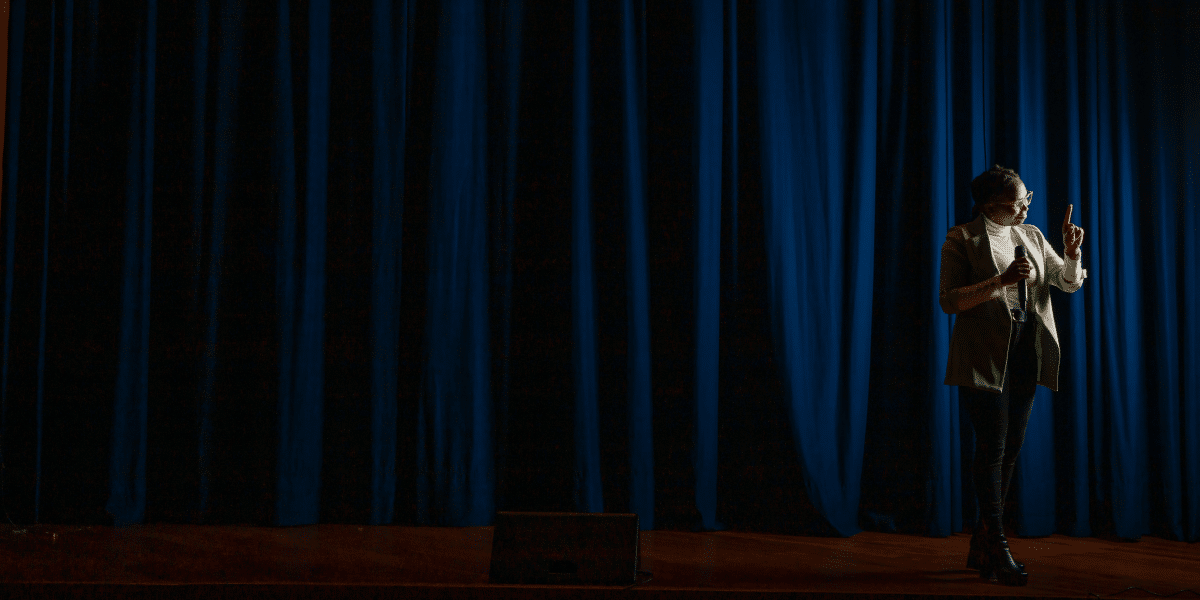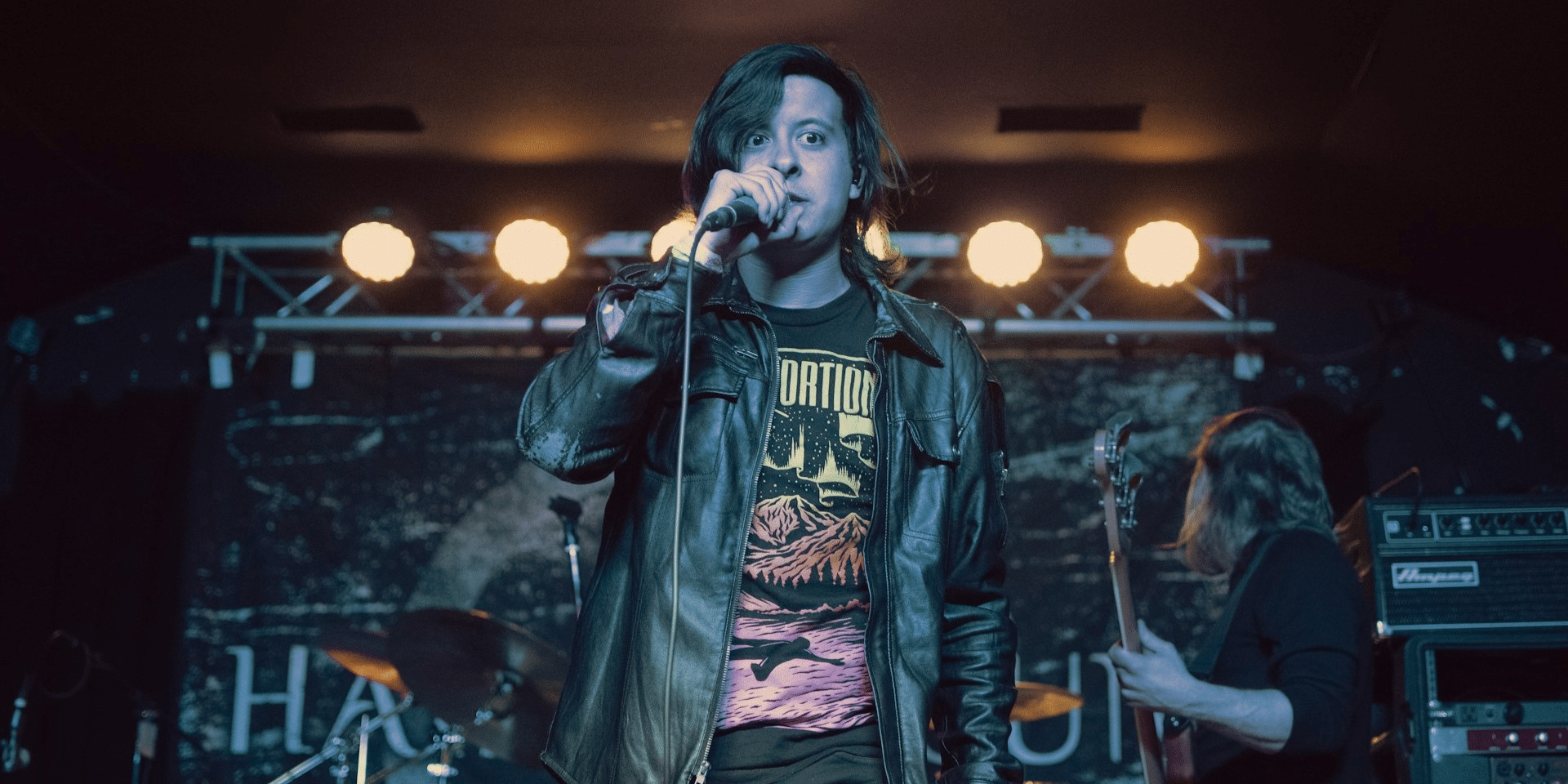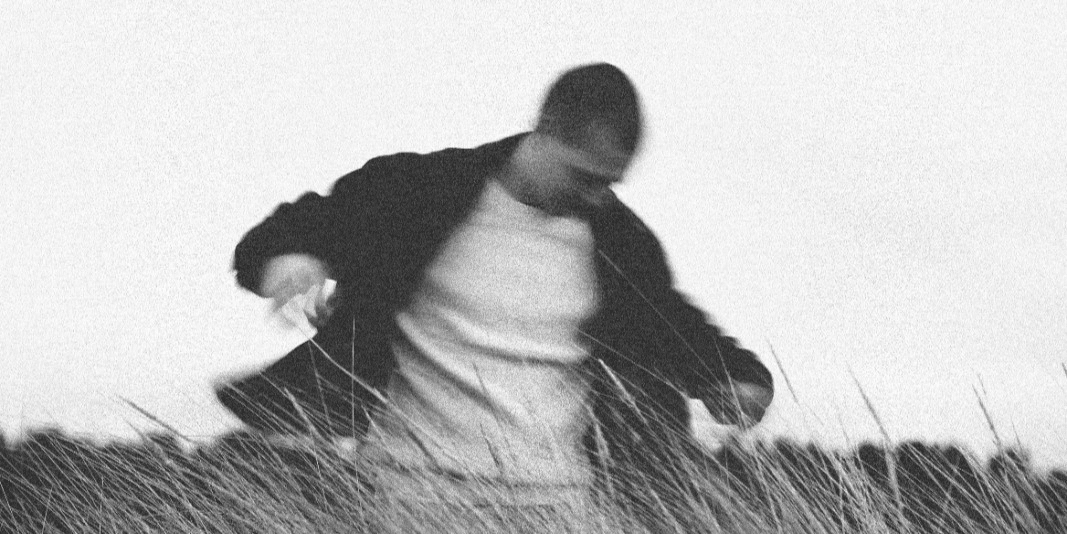Cover songs have long been a way for artists to pay tribute to their peers. By reinterpreting and performing another artist’s work, musicians can honor the original creators and bring their music to new audiences. This article explores how artists pay tribute to fellow artists with covers, examining the different motivations, methods, and impacts of these musical tributes.
Motivations for Covering Songs
One of the primary motivations for covering a song is to honor the artist’s musical influences. Many musicians grow up listening to and being inspired by the work of others. By covering a song, they acknowledge the impact that these artists have had on their own musical development. For example, when contemporary artists cover classic rock songs, they often express their admiration for the pioneers of the genre.
Another reason artists cover songs is to revive forgotten classics. Some songs may have faded from public memory over time, and covering these tracks can reintroduce them to a new generation. This not only honors the original artist but also ensures that their music continues to be appreciated. A notable example is Jeff Buckley’s cover of Leonard Cohen’s “Hallelujah,” which brought the song renewed attention and acclaim.
Artists often choose to cover songs that hold personal significance to them. This personal connection can be due to the song’s lyrics, the time in their life when they first heard it, or a relationship with the original artist. By performing these covers, musicians share a piece of their own story and emotions with their audience. This personal touch adds depth and authenticity to their tribute.
Methods of Paying Tribute
Some artists choose to pay tribute by performing faithful renditions of the original song. These covers aim to replicate the sound and feel of the original as closely as possible. This method shows respect for the original composition and often highlights the technical skills of the covering artist. An example is Whitney Houston’s cover of Dolly Parton’s “I Will Always Love You,” which stays true to the original while showcasing Houston’s vocal prowess.
Other artists prefer to put their own spin on the songs they cover, creating unique interpretations that reflect their personal style. These creative covers can range from subtle changes in arrangement to complete genre transformations. This approach allows artists to pay tribute while also showcasing their creativity and individuality. Jimi Hendrix’s rendition of Bob Dylan’s “All Along the Watchtower” is a famous example, transforming the folk song into a powerful rock anthem.
Live performances are another popular way for artists to pay tribute. Covering songs during concerts allows musicians to connect with their audience in real-time and share their appreciation for the original artist. Live covers often have a spontaneous and heartfelt quality, making them memorable experiences for fans. Many bands and solo artists incorporate covers into their live sets, sometimes inviting guest performers to join them on stage.
Impacts of Cover Songs
Cover songs can help expand the audience for both the covering artist and the original creator. Fans of the cover artist may be introduced to the original work, while existing fans of the original may develop an appreciation for the cover artist. This cross-pollination of audiences can lead to greater exposure and success for both parties. For instance, Johnny Cash’s cover of Nine Inch Nails’ “Hurt” brought the song to a wider audience and highlighted Cash’s ability to reinterpret contemporary music.
By covering songs, artists help preserve musical heritage and keep important works alive. This preservation is particularly significant for songs that might otherwise be forgotten. Covering these tracks ensures that they remain part of the cultural conversation and continue to influence new generations of musicians. Tribute albums and cover projects often serve this purpose, celebrating the legacy of influential artists and their contributions to music history.
Covering songs can also be a form of artistic growth and exploration for musicians. By stepping into another artist’s shoes, they can learn new techniques, styles, and approaches to music. This exploration can inspire their own work and lead to new creative directions. The process of interpreting and performing covers often challenges artists to expand their musical horizons and develop their skills further.
Artists pay tribute to fellow artists with covers for various reasons, including honoring influences, reviving classics, and sharing personal connections. The methods of covering songs range from faithful renditions to creative reinterpretations and live performances. These tributes have significant impacts, such as expanding audiences, preserving musical heritage, and fostering artistic growth. Cover songs are a powerful way for musicians to show respect and admiration for their peers while contributing to the ongoing evolution of music.
















